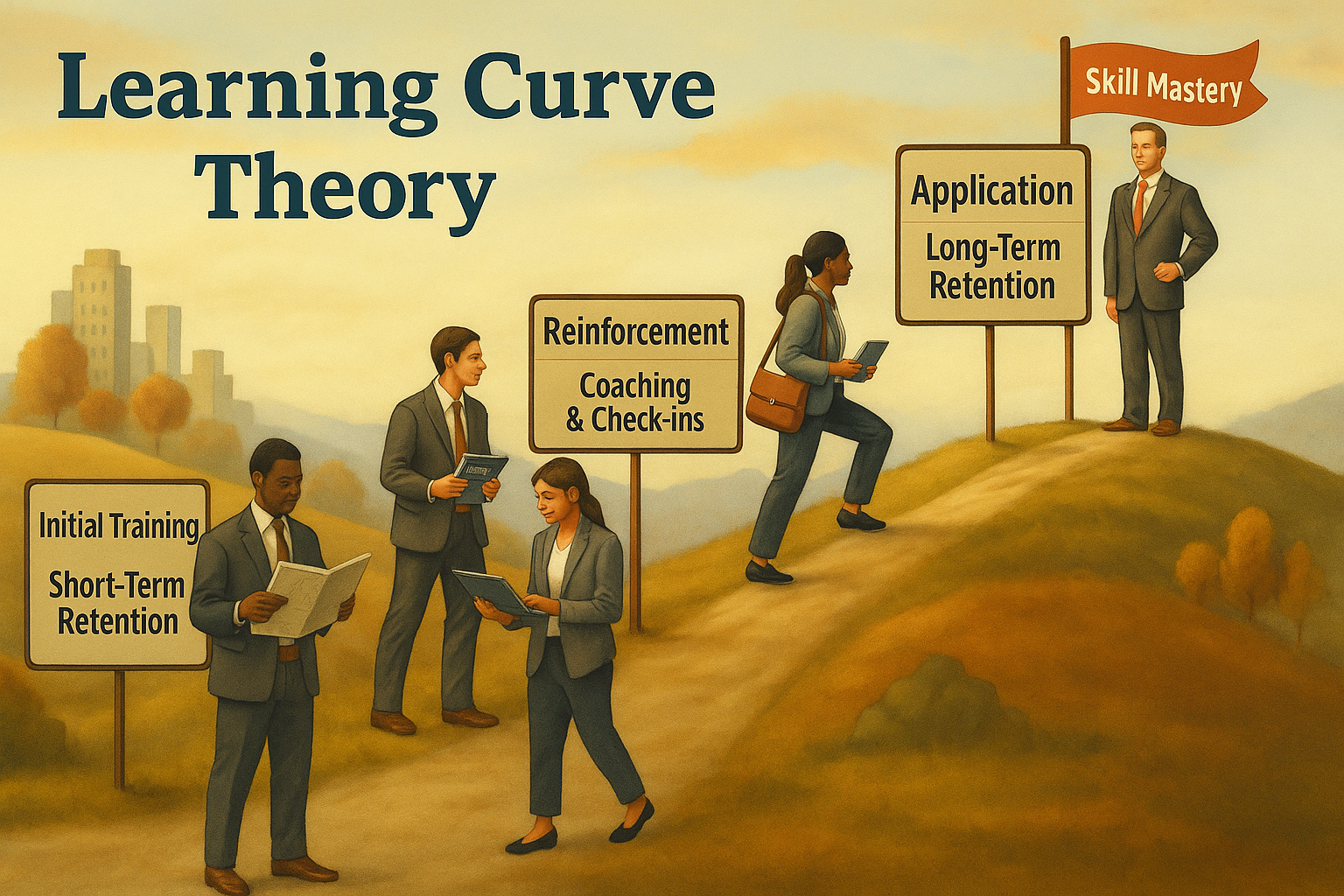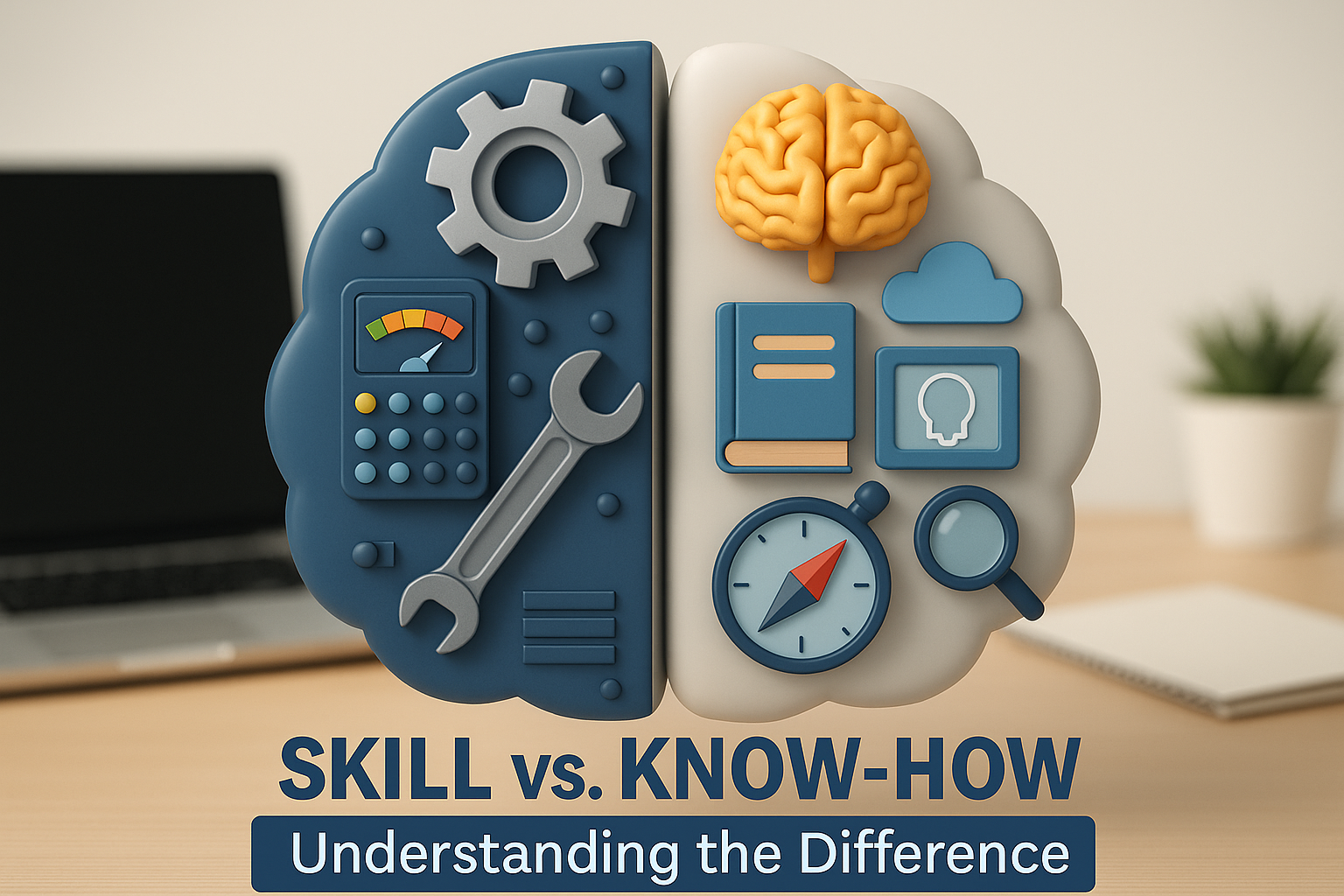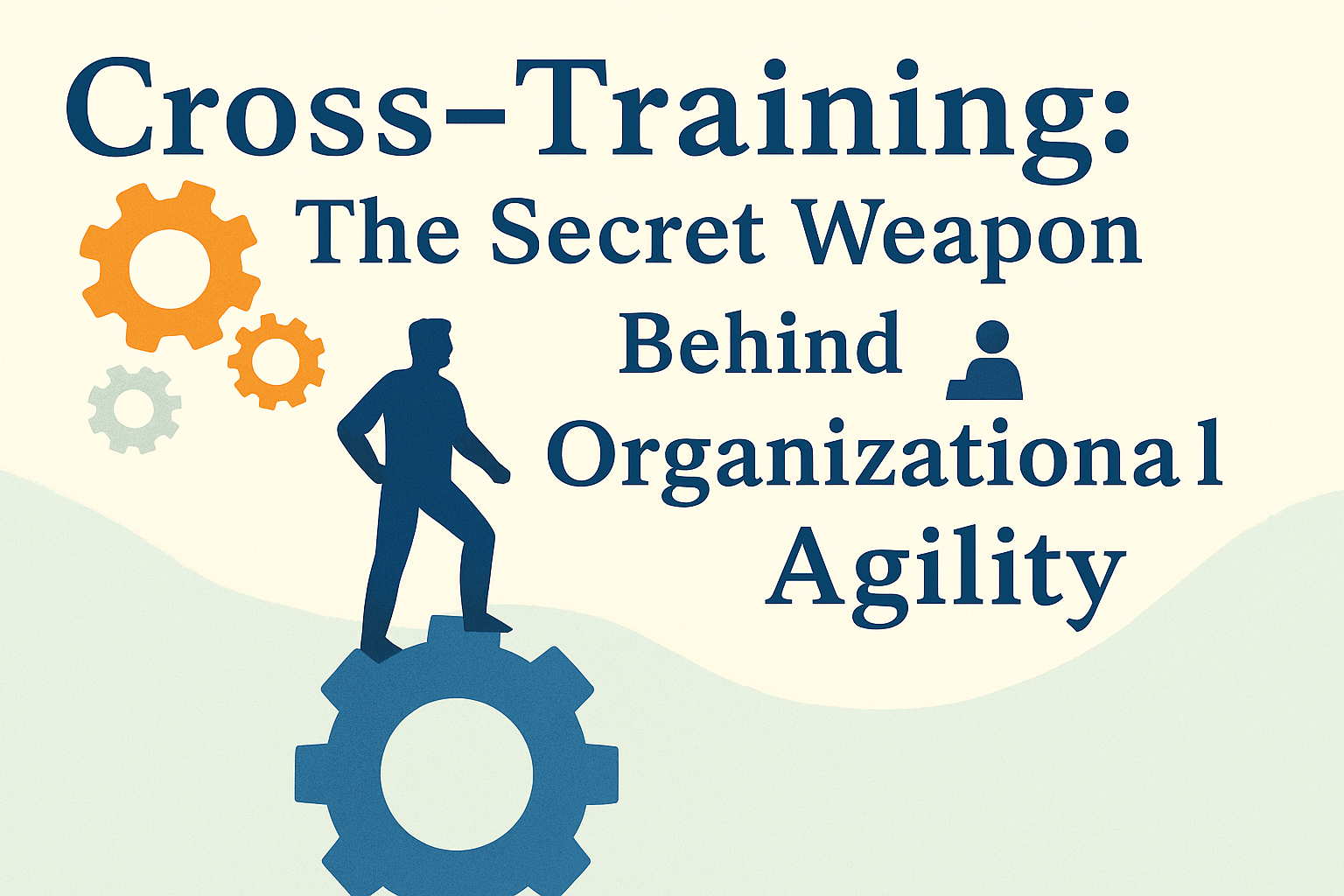As training professionals, we all know the power of learning to transform. For many of us, it’s the primary reason we embarked on a career in learning. As Kofi Annan once said:
“Knowledge is power. Information is liberating.
Education is the premise of progress, in every society, in every family.”
Yet, somehow, amidst all of our passion, we ended up with corporate training programs that are perfunctory and mundane, where the learners are bored and disinterested. In short, many corporate training programs are a necessary evil for corporate compliance — a simple box to be checked and little more.
What if we could change this? What if our training programs provided a strategic advantage that could move our organizations into the future? This article answers that question and provides a roadmap for transforming our training programs into strategically important high-impact programs to move our organizations into the future.
What Is Your Current Impact?
The first step to understanding how your training program can bring value to your organization is to understand the impact it is currently having. How do you know that your training is making an impact? How do you know which trainings are effective versus which ones are negligible?
Without the ability to measure the outcome of your current training program, you won’t be able to understand where to make the best adjustments. Your training program can have a profound impact on the success of your organization, but you must dive into understanding what your current effectiveness is and adjust for maximum impact — which may mean that you have to wipe the slate clean and start from scratch.
You have the potential and the knowledge to create the training program your organization needs to succeed. If you want to take your organization to the next level and be taken seriously by executives, you have to know the impact of your training program on the overall business goals.
There are many ways to measure training impact. The simplest is to identify key performance indicators (KPIs) and ask the question: does the average trained person outperform the average untrained person? For example, does the average trained salesperson sell more than the average untrained salesperson? Do trained installers have higher customer satisfaction scores than untrained installers? Do trained staff have higher retention rates than untrained staff?
Access LatitudeLearning, Free for 30 Days
Put LatitudeLearning to the test.
See why it’s the best LMS for extended enterprise training.
Learn more
The Four Pillars of a High-impact Training Program
To create a training program that delivers impact, you will need to focus on four key areas:
1) Acquiring Knowledge
The foundation of most training programs is ensuring learners have the knowledge they need. Designing a highly effective knowledge acquisition program requires answering three questions:
- What do learners need to know?
- What do learners already know?
- Did learners acquire the necessary knowledge?
Most training programs focus solely on the first question. These programs assume learners have little or no prior knowledge and require them to sit through the presentation of all the knowledge they need. Additionally these programs usually don’t assess whether the learner acquired the necessary knowledge.
A more productive approach is to rigorously assess learner knowledge first (What does the learner already know?), present them with the knowledge they don’t know, and then rigorously assess whether they’ve acquired that knowledge.
For example, consider a training program for a fleet of drivers. First, assess their driving knowledge. Do they know the rules of the road, what traffic signs mean, and what the controls of a vehicle mean? Second, train each learner on the things they didn’t know. Third, assess their knowledge of these subdomains. Then we’d rinse and repeat steps two and three until the learner acquired all the necessary knowledge.
2) Developing Skills
While knowledge is important, it can only have an impact if it’s put into action. Skills are knowledge in action. That is, skills are the ability to do things. This is where the rubber meets the road with regard to impact. Training programs can have a big impact if they enable learners to develop skills. The primary questions to ask when incorporating skill development into a training program are:
- What skills do learners need?
- How can learners practice and be coached on those skills?
- How can learners demonstrate proficiency in the skills?
Most training programs only focus on the first question. They only identify the necessary skills and provide opportunities to learn about the skills. They don’t provide learners with the ability to practice, be coached on, or demonstrate proficiency in the skills. By providing learners with these abilities, training programs can dramatically improve training program impact.
Returning to the example of training a fleet of drivers. They’ve acquired the driving knowledge, now they need to develop driving skills. They need to be able to parallel park, merge onto a highway, control vehicle speed, etc. The best way to develop these skills is to provide them with an environment to practice while also being coached. Eventually they will be able to demonstrate a certain level of driving competency.
3) Aligning for Impact
Once a training program enables learners to acquire knowledge and develop skills, it needs to be aligned for impact. Does the average trained person outperform the average untrained person? What is the definition of a trained person? What training was instrumental in improving performance? Which training had a negligible impact?
To answer these questions you need KPIs to analyze. With the appropriate metrics integrated into your training program, you can get a snapshot of whether your program was impactful or not and which areas specifically had the most impact.
A simple method for aligning a training program is to compare high performers and low performers. What are the training differences between the two? Did the high performers take courses that the low performers didn’t, and vice versa? Is there a difference in skill proficiency between the groups? How did each group perform on the knowledge assessments?
This comparison enables you to evolve your training program to focus on the knowledge and skills that highly impact your organization and partner network and eliminate the training that doesn’t.
4) Managing Scale
You’ve worked out the intricacies in your program between acquiring knowledge, developing the skills, and aligning for impact. Now you can automate your training program in your LMS (learning management system) to offer automatic enrollments based on a learner’s position and role within the organization.
Based on their employee demographics, they will be auto-enrolled in a handful of e-learning courses, instructor-led courses, skill-gap assessments, etc. Based on the outcome of the learning objectives of these courses, they may be enrolled in supplementary materials or moved on to the next range of topics.
Using these four pillars is going to help you build the program that will drive business forward. Instead of starting at step 1 and moving through to step 4, you will likely find the most impact from starting at step 3.
What is the impact that you want to have with your training program? Based on the impact you define, what are the skills that are needed to achieve that impact? Once you’ve identified the skills you need, you can work from there. You identify the skills, you deliver the information for knowledge of those skills, then you provide opportunities for skill development.
Driving the Business Home
Once you’ve streamlined your training program to deliver your desired impact, you can set it up to operate at scale and provide a continuous, set-and-forget enrollment for your learners to accommodate scale.
With metrics in hand that show your training program as the primary driver behind the impact on overarching business goals, you can sit down with your executives and show them just how powerful your program can be and the steps you made to get it there.
Once the evidence is clear, your training program will become the topic of discussion for an additional area that provides a strategic impact. Now, funding for better programs, better courses, and more materials becomes a more feasible topic of conversation for training.
You’ve single-handedly taken your career from the role of corporate compliance cop to a seat at the table with the company executives.
A Little Help Along The Way
Of course, the right tools – such as an enterprise learning platform – can always make this process more efficient and more streamlined. You need a system that has the ability to drive a substantial impact on your organization. As we’ve explored throughout this article, metrics and measurements are essential to demonstrating the efficacy of your training program.
Investing in a cutting-edge training platform can help you harness the transformative power of knowledge and skills, ensuring that they stay aligned with the impact of your organization’s success. As you consider your training program’s future, remember that with the right LMS, your organization doesn’t just learn — it thrives.





